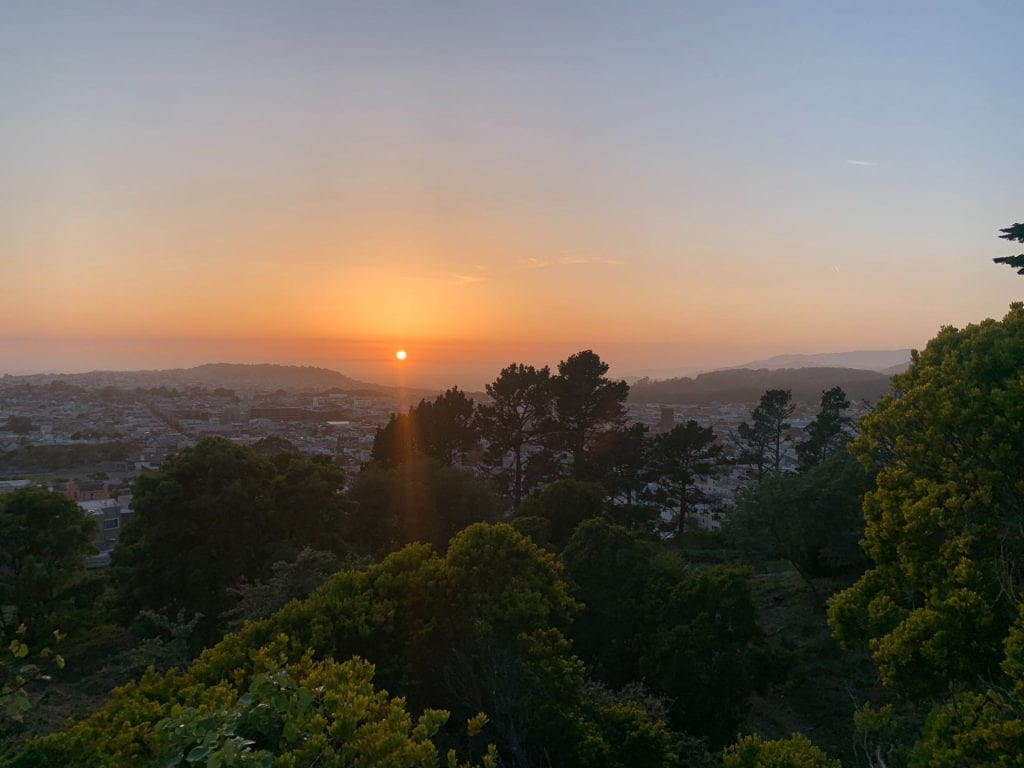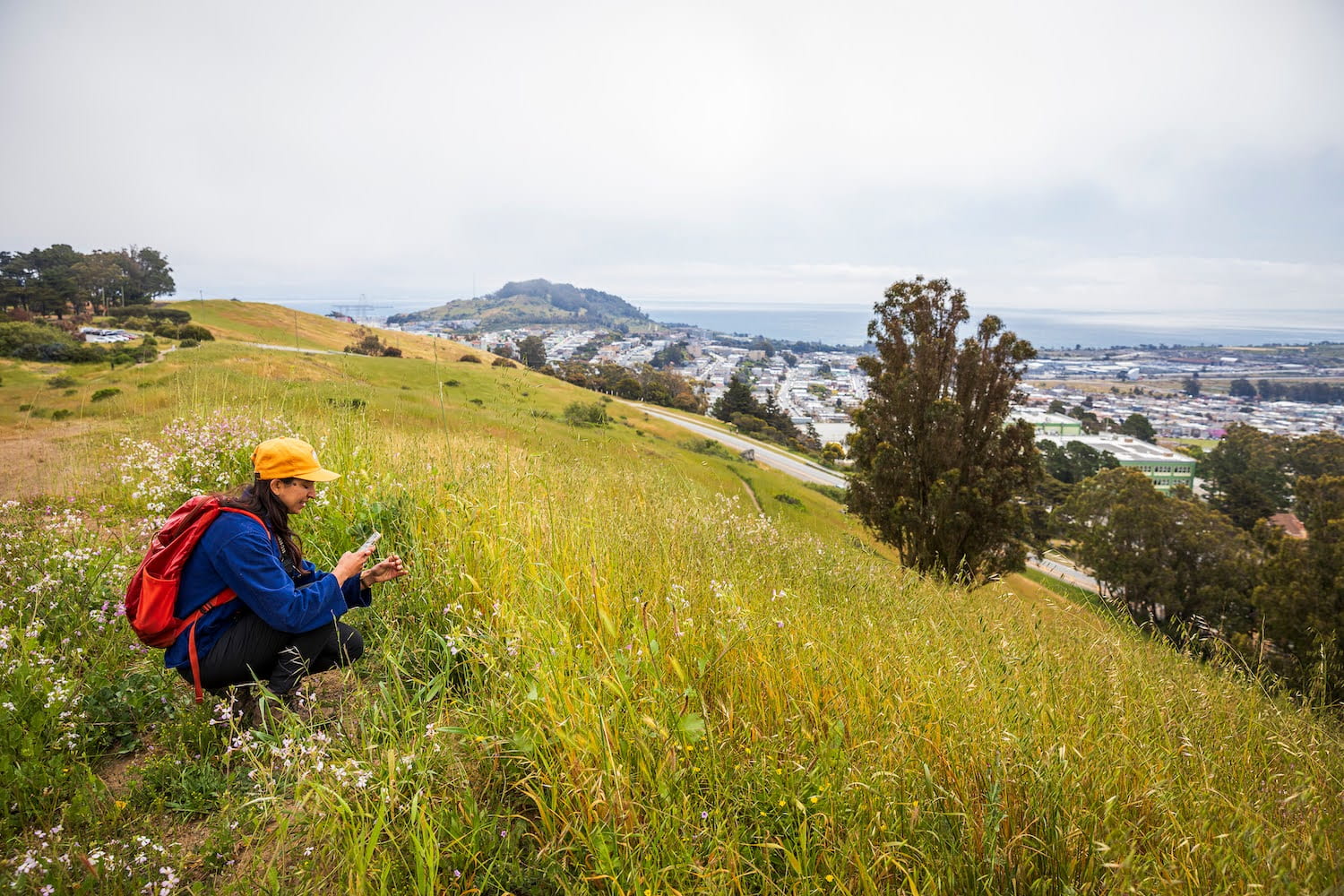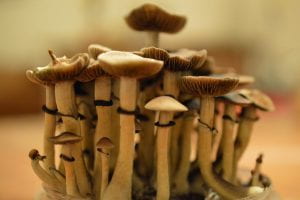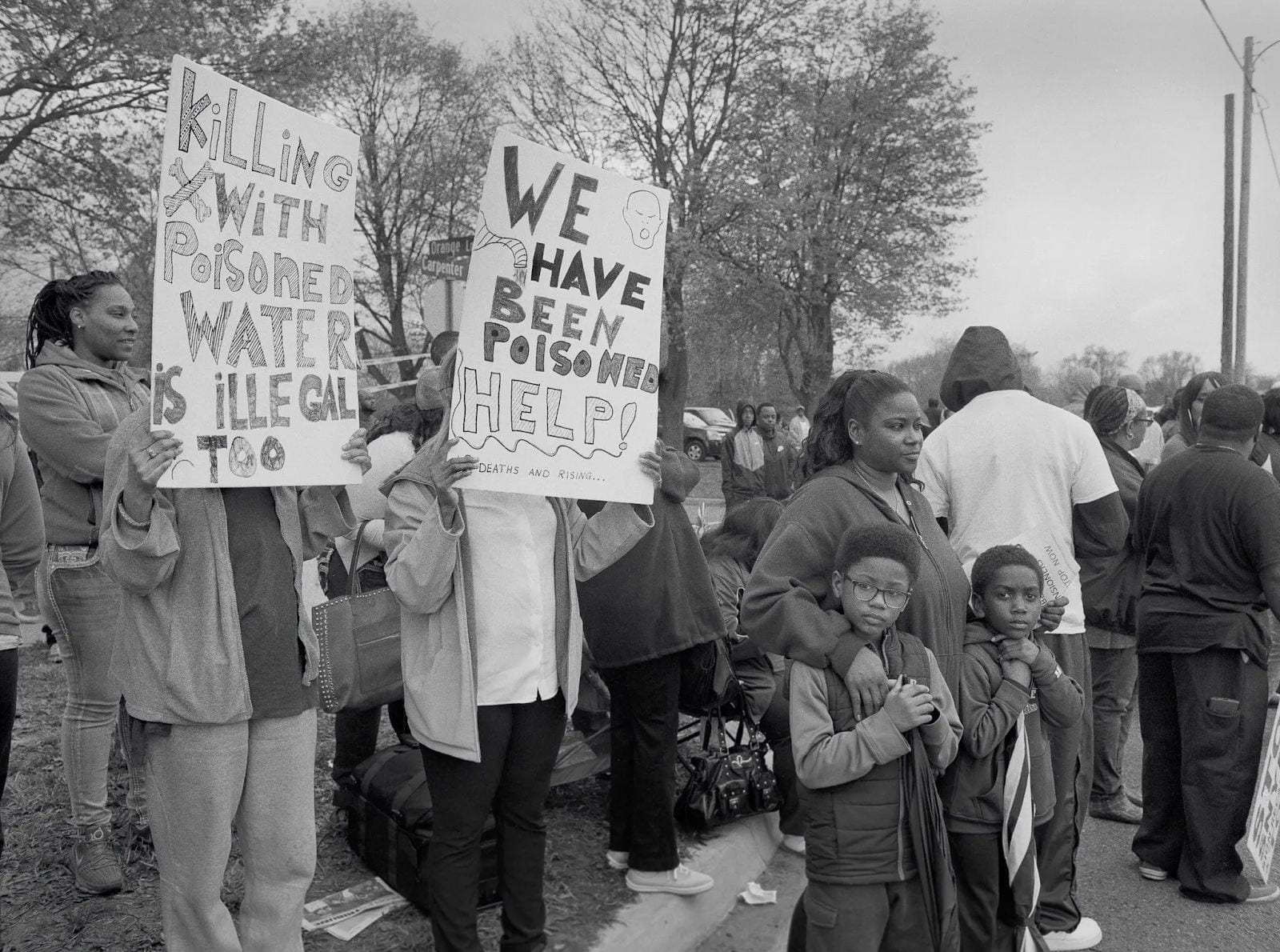Unravel Your Local Ecology

Just a few generations ago, people had a far more profound understanding of the ecology around them. People lived more intimately with the ecology and would therefore have to understand better in order to conduct their daily lives with their environment. Many people would forage and hunt as a means of subsistence, which meant that they would have to become skilled at identifying safe plants, animals, and understanding their patterns. This experiential knowledge based on their day-to-day habits led to a culture where people understood what was around them and would therefore place efforts into sustaining it. Local ecological knowledge connects the individual human to the world around them, giving them a sense of place.
David Orr explored this concept in his essay “Place and Pedagogy,” where he defines the concept of place and the role it plays in understanding the world around you. He states:
“A place has a human history and a geologic past: it is a part of an ecosystem with a variety of microsystems, it is a social, economic, and political order: they import or export energy, materials, water, and wastes, they are linked by innumerable bonds to other places. A place cannot be understood from the vantage point of a single discipline or specialization. It can be understood only on its terms as a complex mosaic of phenomena and problems. The classroom and indoor laboratory are ideal environments in which to narrow reality in order to focus on bits and pieces. The study of place, by contrast, enables us to widen the focus to examine the interrelationships between disciplines and to lengthen our perception of time.”
Orr emphasizes the importance of learning about place in the proper setting. The harmonious systems of a place cannot be taught with the over-examination of a classroom. Place needs perspective and distance to be taught in its entirety. The limitations of the classroom comes from not being able to experience the place in its most authentic version rather than experiencing the learning in nature for yourself.. Each individual perceives and relates to their environment differently, so they need to be able to experience it themselves to know what would drive their connection to the environment.
On the advice of David Orr, I began to listen to the birds around me. Beautiful birds can be found everywhere in San Francisco, even here on campus. If you live in Lone Mountain East or North, or if you’re up there early, I would encourage you to sit on the benches early in the morning. You’ll be able to hear and see warblers, robins, different varieties of finches and sparrows, cedar waxwings, dark-eyed juncos, warblers, and so many more. If you’re lucky, you might even see Allen’s, Rufous’, or Anna’s hummingbird! These fast little birds are known for their sweet tooth, speed, and beautiful coloring. The ones on campus are bright orange, gray and red, and purple and green respectively; their colors shine when the sun hits them. Late at night, you may be able to spot an owl in the trees of Lone Mountain. If you look up anywhere on campus, you may find a beautiful red-tailed hawk soaring above.
If you venture into Golden Gate Park, you’ll be able to find so much more. Loud jays can be found in pockets across the park, the California blue jay is a beautiful light blue bird with a few light-gray feathers. However, I love Steller’s jays. They are a bit harder to find, but they are so beautiful. Their bodies and tail feathers are a stark black color, but their heads and necks are a vibrant midnight blue. You’ll find them by following a loud squawking noise (they’re not very subtle) and then looking up into the trees. You’ll see dark birds that look like crows flying from branch to branch, communicating with each other in a flock. Then the sun hits them, and the blue shines so brightly. The jays are just the beginning of the mysteries in Golden Gate Park, and I would encourage everyone to take a listen and look up. You’ll be amazed at all the colors you’ll see.
Though birds might not be the thing that connects you to your local ecology, San Francisco is not lacking in natural beauty. Venture out to China Beach at low tide, the anemones, starfish, mussels, and little crabs will be harder to count than to find! Identify plants using apps like Seek and PlantNet to learn about the herbs, flowers, fungi, vegetables, and trees around you. You’ll be surprised how many names you’ll recognize! Apps like Seek can also be used on animals, like frogs, insects, and virtually any living thing you find!
Taking an even farther step back, the clouds and weather systems in San Francisco are full of life, so much so that the resident fog in the city has been named Karl. If you take a trip up into the hills around the city, you can watch Kral crawl into the city, creeping its way from the ocean and into the Outer Richmond until it swallows the city whole. Look up; study why different clouds could be at different altitudes. Why are they different shapes, sizes, and colors? Remind yourself of first grade science clouds! Altomculumous, cumulonimbus, and cirrostratus still rule our skies- how many more can you find?
Learning about the things you pass everyday grounds you to the world around you, giving you a sense of perspective and responsibility for the environment. A great way for many people to start is to find their favorite food! Although I cannot support foraging in this setting because it is difficult do be one hundred percent sure on the safety of a plant, and the plant could have been treated with something harmful, it is still fun to identify the familiar “grocery store” vegetables that grow around you.You may be surprised how many familiar vegetables grow in the city. For example, many people drink chamomile tea before bedtime, not knowing that the beautiful flower grows like a weed here. You may have stepped over a chamomile plant on your way to get your tea! Wild garlic breeds and other plants in the allium family are scattered throughout the park. The mystery and beauty of nature can be found anywhere, even in a highly urban environment like San Francisco. I encourage you to seek out information about your world around you. Simply on a walk to the bus stop, you could become enthralled by the variety around you.
Orr, David. “Place and Pedagogy.” Ecological Literacy: Education and Transition to a Postmodern World. New York: State University of New York Press, Albany, 1992: 125-131.https://files.eric.ed.gov/fulltext/EJ1078034.pdf.


